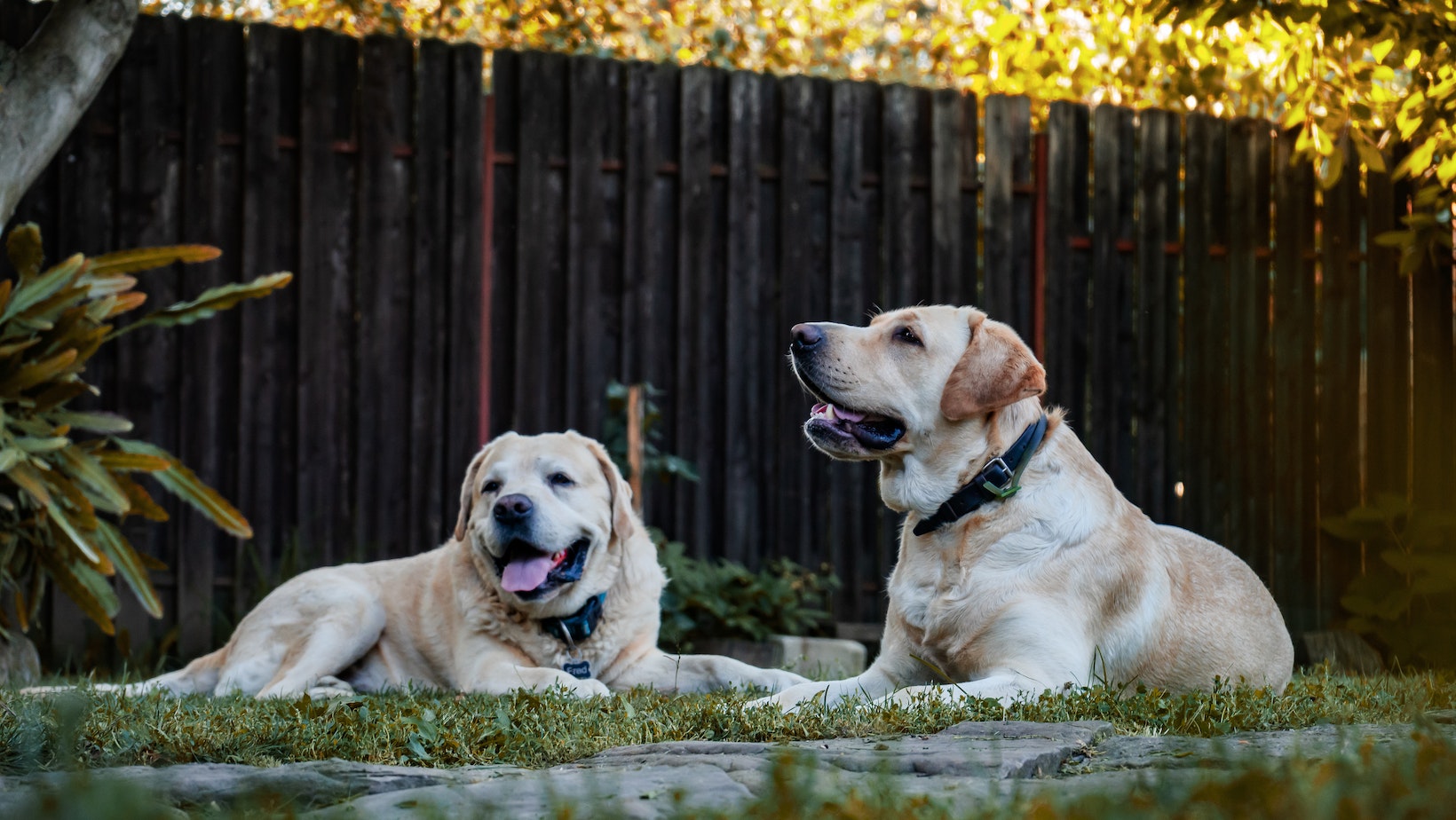How to Train a Dog Not to Bite
Training a dog not to bite is an essential part of responsible pet ownership. Dogs may resort to biting for various reasons, including fear, aggression, or even playfulness. As a dog owner, it’s crucial to understand the underlying causes and take appropriate steps to address this behavior. In this article, I’ll share some effective techniques that can help you train your dog not to bite.
One fundamental aspect of preventing biting is socializing your dog from an early age. Exposing them to different people, animals, and environments helps them feel more comfortable and less threatened in various situations. Gradually introduce your furry friend to new experiences while offering positive reinforcement such as treats or praise when they display calm and non-aggressive behavior.
Another key strategy is teaching your dog proper bite inhibition. This involves training them on how to control the force of their bites during playtime or interactions with humans and other animals. Consistently reinforce gentle mouthing instead of aggressive biting by redirecting their attention to appropriate chew toys or engaging in interactive games that promote gentler behavior.
Remember, training a dog not to bite requires patience, consistency, and understanding. It’s important never to use physical punishment or harsh methods as these can lead to further aggression issues. By implementing positive reinforcement techniques and seeking professional guidance if needed, you can create a safe environment for both your beloved pet and others around them.
So let’s delve deeper into these techniques and discover effective ways in which we can train our dogs not to bite!

Understanding the Reasons Behind Dog Biting
When it comes to dog biting, there are various factors that can contribute to this behavior. It’s important for dog owners and trainers to understand these reasons in order to effectively address and prevent biting incidents. Here are a few key points to consider:
- Fear and Anxiety: Dogs may bite when they feel scared or threatened. This could be due to unfamiliar environments, loud noises, or even past traumatic experiences. Understanding your dog’s triggers and providing a safe and secure environment can help alleviate their anxiety and reduce the likelihood of biting.
- Resource Guarding: Some dogs become possessive over their food, toys, or territory, leading them to bite if someone tries to take those resources away. Proper training and socialization from an early age can help prevent resource guarding behaviors.
- Pain or Illness: Dogs in pain may resort to aggression as a way of protecting themselves. It’s crucial for dog owners to regularly monitor their pet’s health and seek veterinary care when necessary. Treating any underlying medical conditions can significantly reduce the risk of biting.
- Lack of Socialization: Dogs that haven’t been exposed to different people, animals, and environments during their critical developmental stages may exhibit fear-based aggression later in life. Gradual exposure and positive reinforcement training can help desensitize dogs to new experiences and improve their social skills.
- Protective Instincts: Certain breeds have innate protective instincts that make them more prone to aggressive behaviors if they perceive a threat towards themselves or their family members. Responsible ownership includes proper training, early socialization, and careful management of such breeds.
By understanding the reasons behind dog biting, we can take proactive measures as responsible pet owners/trainers to prevent these incidents from occurring in the first place.